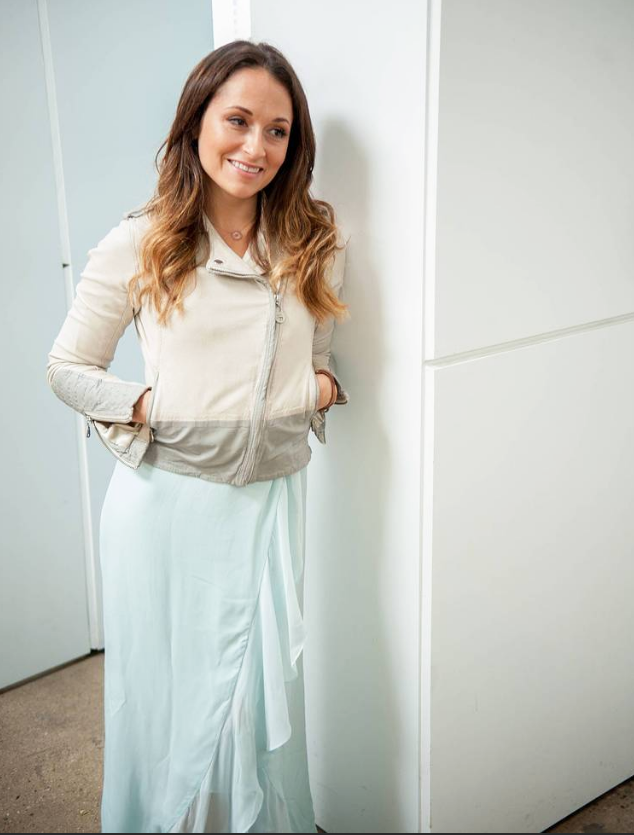Who We Are
Simple. Clean. Fresh. Healthy. Beautiful. Thoughtful. Handmade. Natural.
Inspired by nature, a love for simple and refined design, Temescal is a boutique interior design firm whose focus is on its client’s needs and wellbeing exclusively. We love color, thinking out of the box and try to bring a fresh, clear concept to each project so that every space is different and special.
The name ‘Temescal’ is inspired by Los Angeles, California’s Temescal Gateway Park: An environment where nature and time collide while hiking up mountains, providing the space one needs to dream up big ideas, and create visions for the future.
As a newly developed division within the Temescal Sustainable Design Agency, our passion is bringing healthy new ways to approach your vacation rental’s experience.
With Designer Martine Ilana’s 20+ years of interior design, complex renovations, and sustainable manufacturing experience, she brings a wealth of understanding and care to every client’s property.
Why is Sustainable Interior Design So important?
-

Indoor Environment & Air Quality
• Sustainable interior design prioritizes using non-toxic, low VOC (volatile organic compounds) materials, which can significantly reduce the harmful chemicals released into the air.
• Additionally, incorporating natural materials like wood and stone can further contribute to healthy indoor air quality.
• Sustainable design can improve occupant health by maximizing natural light and views, providing access to nature, and creating spaces that promote physical activity and mental wellness.
-

Energy Efficiency & Thermal Comfort
• Interior designers are now carefully considering the placement of operable windows and doors on different altitudes, using low air pressure to flow directly through spaces and exit from an opening at the opposite side of the building, creating a natural phenomenon called cross-ventilation.
• This strategy improves air quality impacting human health, allowing the property owner to enjoy a comfortable living experience without depending on HVAC systems.
• Efficient smart heating, ventilation, and air conditioning (HVAC) systems are also revolutionizing cooling in buildings. These systems use advanced sensors, data analytics, and automation to optimize cooling based on occupancy, weather, and thermal loads. This dynamic adjustment not only conserves energy but also ensures occupant comfort. They adapt to occupancy patterns, reducing unnecessary cooling when spaces are empty, and respond to changing weather conditions to maintain comfort without excess energy use.
• Retrofitting existing structures is a common challenge, but advancements in materials and technologies are making it easier. High-performance building materials with superior insulation properties and thermal control allow older properties to embrace energy-efficient designs, reducing the need for extensive structural modifications.
-

Water Consumption & Conservation
• Water conservation is a critical aspect of sustainable interior design. Implementing water-efficient fixtures, such as low-flow faucets and dual-flush toilets, helps reduce water consumption within interior spaces.
• Designing a water-efficient home involves careful planning and consideration of various strategies to conserve water.
• By implementing efficient plumbing fixtures, water-saving appliances, rainwater harvesting systems, native landscaping, grey-water recycling, and other water-conserving measures, you can significantly reduce water consumption while maintaining a comfortable and sustainable living environment.
• When you embrace these practices, you not only contribute to environmental well-being but also experience the added advantage of reduced utility expenses. Additionally, your water-efficient home sets a positive example for the community, encouraging others to join the sustainable movement and paving the way for a more environmentally conscious future.
-

Recycling & Waste Reduction
• Due to the sheer scale of this impact, strategies of material use reduction, reuse, and recycling are key in all phases of a property’s construction & design project. From the design and pre-construction phase, into construction, in-use and operations phases, as well as the end-of-life phase.
• The main goals in order of importance for each of these phases would be: first to reduce the total amount of waste produced, then to reuse materials that would otherwise be considered waste, and finally to implement waste disposal management through strategies such as recycling, when necessary.
• Although a fully closed loop is difficult to achieve with any man-made building or system, considering ways to close the material loop and therefore eliminate waste is a key mindset.
• The reduction of raw material extraction and waste production through strategies such as thoughtful design, smart construction strategies, proper management of waste in the in-use phase, as well as reducing waste at the end of a building’s life are essential.
“Collaborating with clients is a true passion of mine. Design has the capacity to change lives. The physical resources that we as designers choose to use, in order to make our ideas come to life, impacts people both physically and emotionally.
Sustainable design can be a vehicle for change and my mission is to show clients that healthy, responsible design does not need to be complex nor expensive. Sustainable design is the future!”
— Designer Martine Ilana


